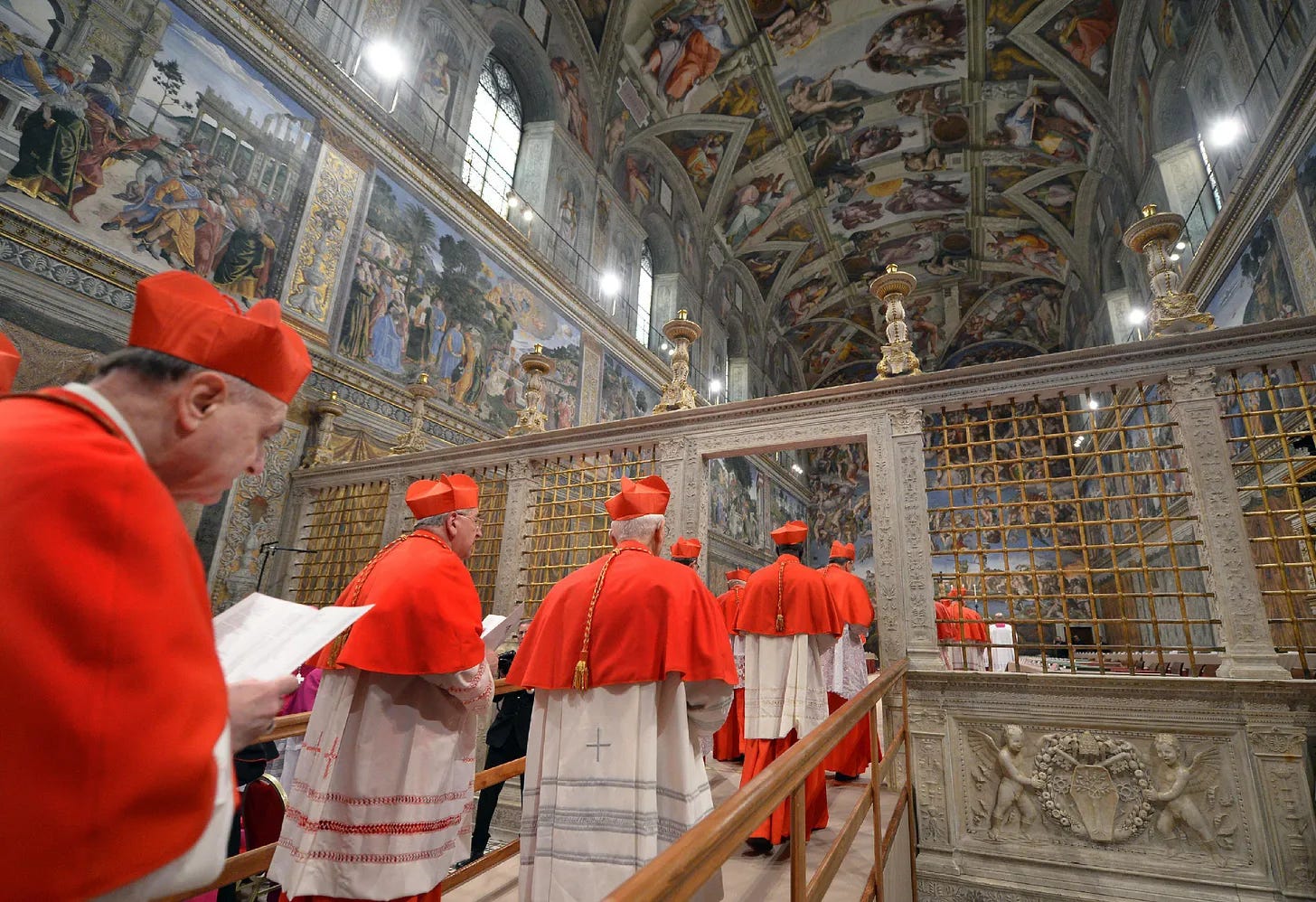Is there really a limit on the number of cardinals in a conclave?
Technically, the maximum number of voting cardinals is 120 - but what happens when there are more?
With Pope Francis’s stay in a Roman hospital now approaching one month, and with little sign of him being able to return to the Vatican before Easter, speculation has grown among commentators about the possibility of an imminent conclave.
Public discussion of papabile candidates for a potential election has gathered pace, even if such discussio…

